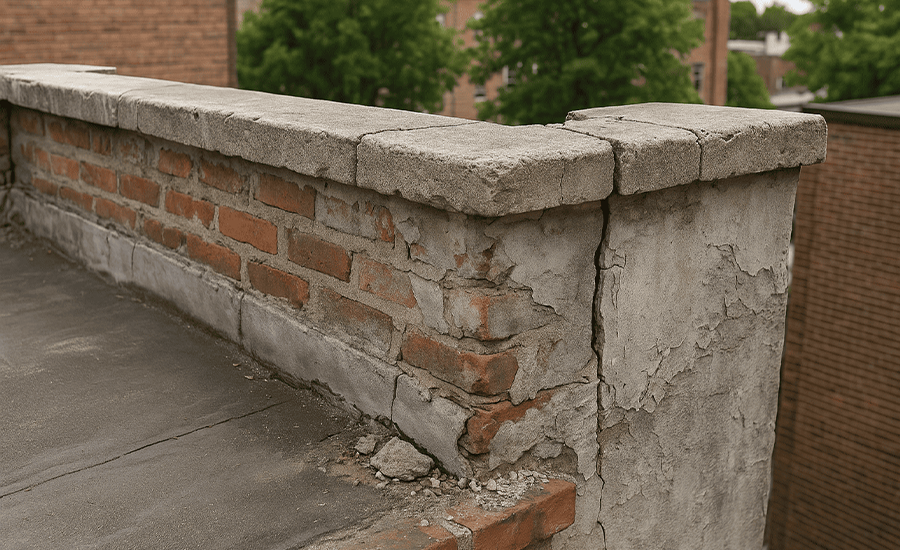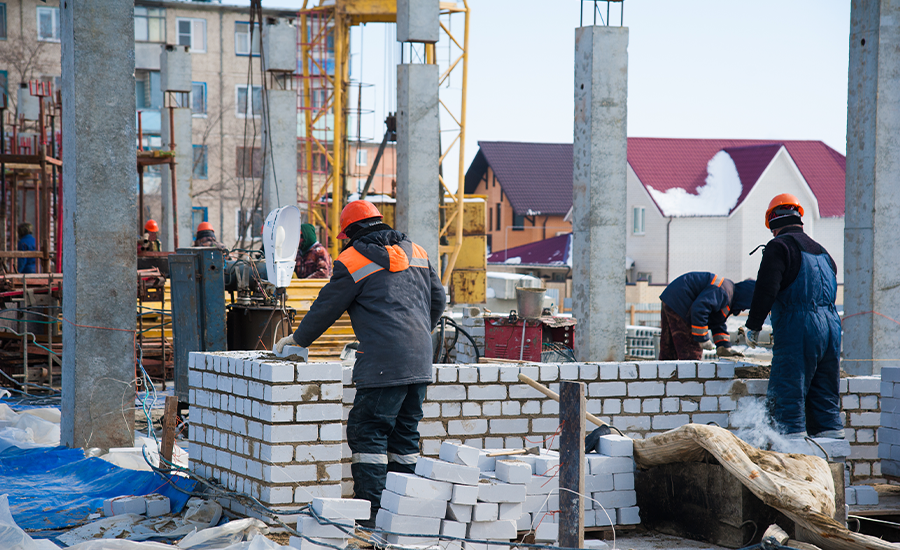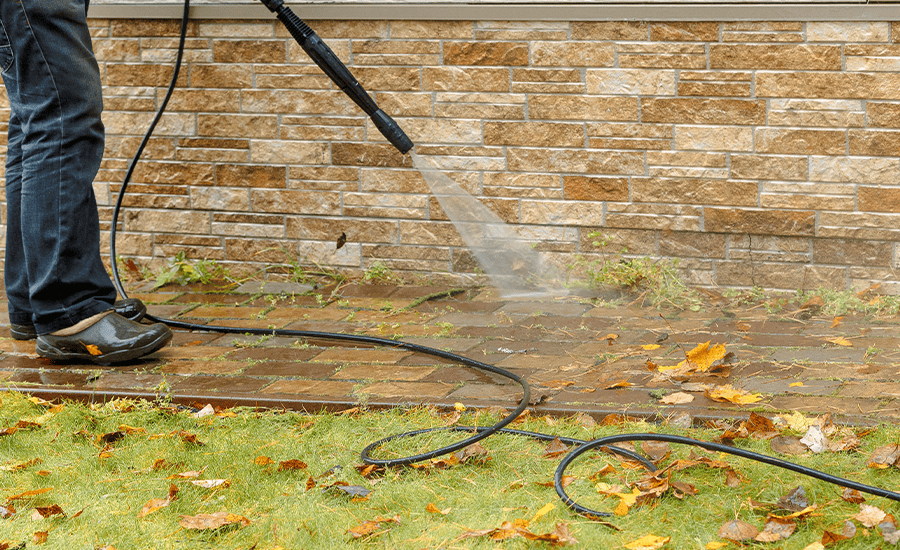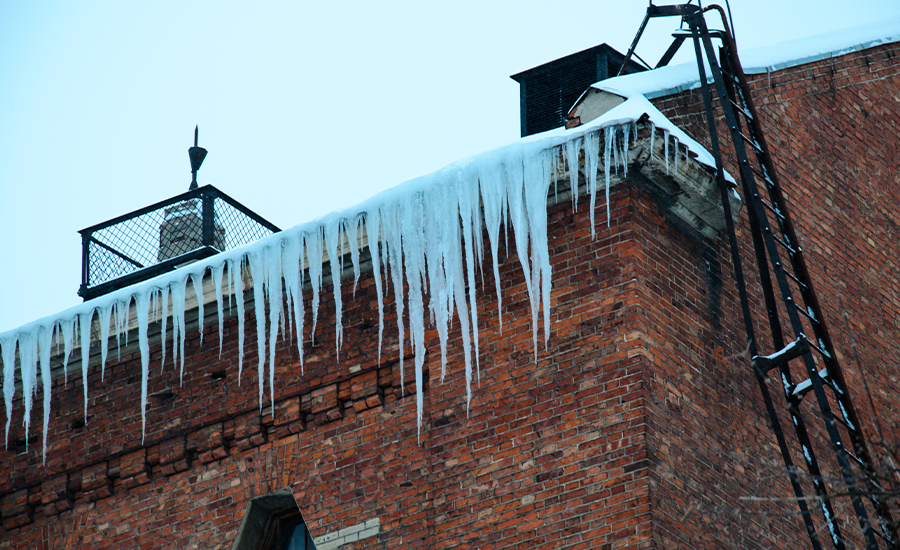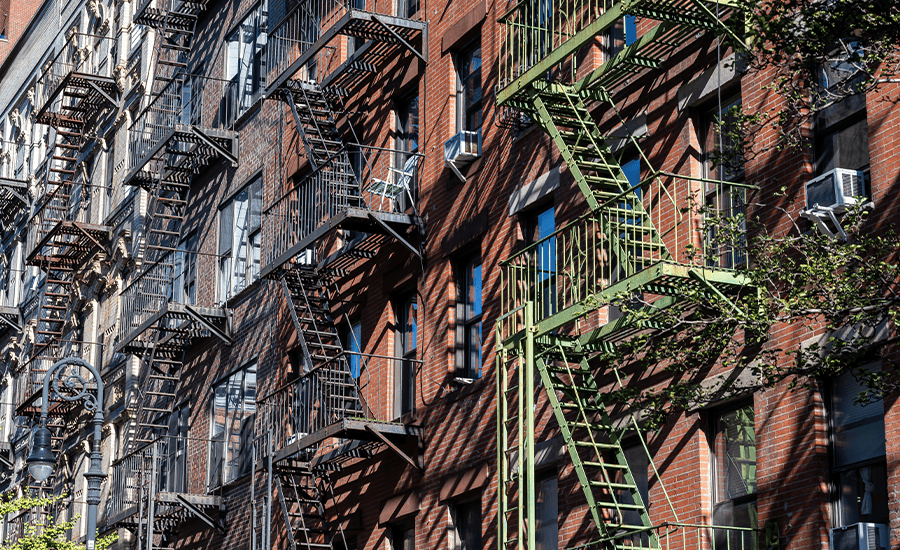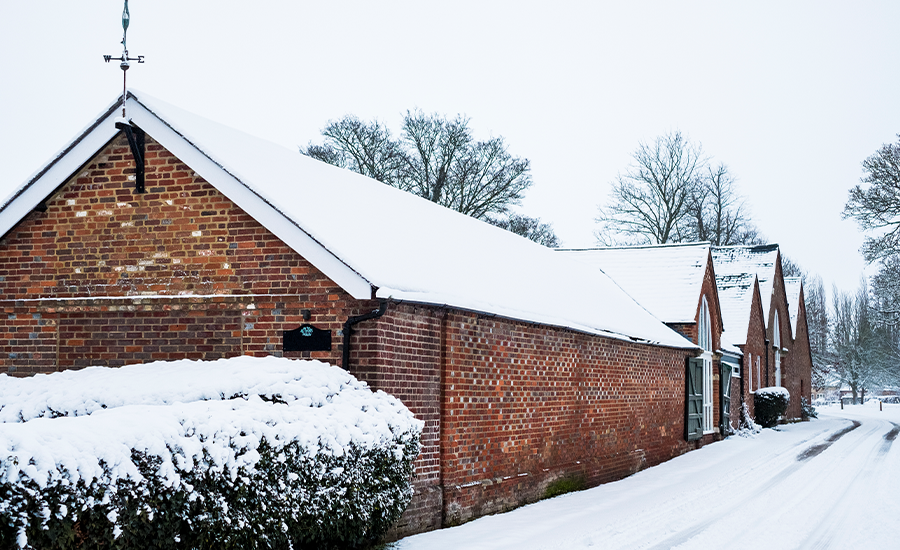Parapet walls are made for the architectural charm of the building and act as the roofline, which protects your building from poor drainage systems by installing flashing and coping. Parapet walls help provide aesthetics, structural support, and long-term safety to your building. As parapet walls are mostly made out of the building and directly exposed to the environmental factors, they deteriorate over time. As all the pollutants, temperature fluctuations, and harsh weather conditions directly attack the parapet walls, it needs to be fixed promptly before it damages the entire walls and leads to costly repairs.
In this blog, we’ll dive into the common reasons for parapet damage, its consequences, and how to fix these issues:
Key Reasons to Maintain Your Parapet Walls
Here are some of the reasons that it is necessary to maintain your parapet walls in good condition, as they act as a safety blanket for your roofs.
- It reduces the risk of water intrusion in the masonry.
- It safeguards your roof from wind damage.
- It enhances the architectural characteristics of your property.
- It prevents rooftop hazards.
Common Parapet Damages Signs
Here are some of the common pitfalls that damage the parapet walls while elevating the risk of structural disability.
Let’s have a look at how we can fix these damages:
Hairline & Deep Parapet
- Triggers: The freeze-thaw cycle, use of improper materials, and seismic activities lead to splits in the walls.
- Threats: Small cracks allow water penetration, which expands during freeze-thaw cycles, widening the damage. Left untreated, cracks compromise structural stability.
- Fixes: For minor cracks, apply a high-quality masonry sealant or waterproof filler. Larger cracks may require tuckpointing or even partial brick replacement to restore integrity.
Moisture Intrusion Issues
- Triggers: An improper drainage system and damaged flashings let water seep into the masonry.
- Threats: Moisture weakens mortar joints, leads to salt deposits on the walls, and causes mold growth inside the building.
- Fixes: Install or repair flashing, reseal coping stones, and apply waterproof coatings. In severe cases, replacing deteriorated masonry and re-pointing joints ensures water resistance.
Similar salt-related deterioration is explained in our blog on brick pointing in coastal areas.
Risk of Brick Fall
- Triggers: Using poor-quality bricks and mortar deteriorates the parapet walls, leading to water penetration and freeze-thaw damage.
- Threats: Pieces of masonry breaking off not only weaken the wall but also pose safety hazards to pedestrians.
- Fixes: Spalled bricks should be replaced, not patched. For concrete parapets, the damaged surface should be removed and resurfaced with a strong repair mortar.
A related discussion on winter effects can be found in can brooklyn homes withstand the effects of NYC winters with proper brick pointing?
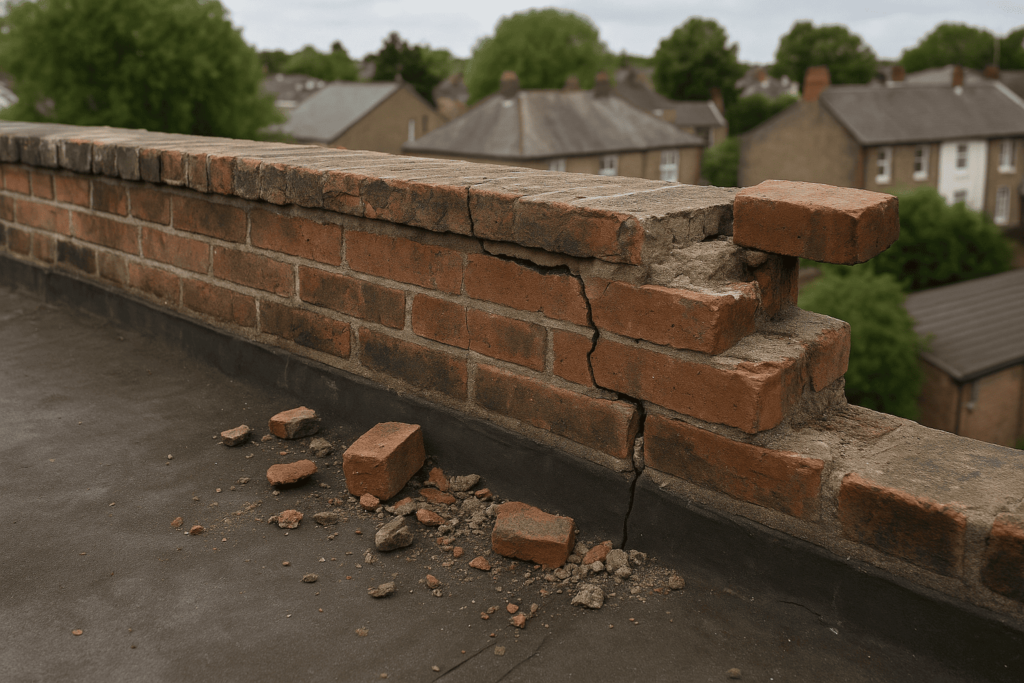
Deteriorated Mortar Joints
- Triggers: Not upkeep the mortar joints, improper maintenance, and time-worn masonry.
- Threats: Weak mortar reduces wall strength and allows water seepage.
- Fixes: Tuckpointing restores the parapet’s strength and appearance. A lime-cement mortar mix is often recommended for durability.
For preventing weak joints long term, see what are the best techniques for long-lasting brick repointing?
Outward Bowing Parapet
- Triggers: Corrosion occurring in the braces & seeping of water inside the walls.
- Threats: A bulging parapet is a serious safety concern, as collapse becomes possible.
- Fixes: Immediate professional inspection is required. Solutions may include partial dismantling and rebuilding with reinforced materials, or anchoring the parapet securely to the roof structure.
Oxidized Metal Parts
- Triggers: Anchor points exposed to damp elements.
- Threats: Rust expands, cracking the surrounding masonry and weakening the parapet.
- Fixes: Rusty reinforcements must be cleaned, treated with anti-corrosion coatings, and re-embedded with proper mortar. Severely corroded steel may require replacement.
Plants Infiltration in Masonry
- Triggers: Pollen comes in the masonry voids and starts plant growth because of moisture.
- Threats: Roots widen cracks and accelerate deterioration.
- Fixes: Remove vegetation and apply a herbicide if necessary. Then repair cracks with mortar or sealant to prevent regrowth.
Conclusion
Parapet walls play a vital role in both the safety and aesthetics of any building. When left unchecked, small issues like cracks, leaks, or rust can quickly turn into major structural problems, leading to expensive repairs. Regular inspections, timely repairs, and the use of proper materials are the best ways to extend the lifespan of your parapet walls. For professional restoration and repair services in NYC, trust experts who understand the unique challenges of local weather and building requirements.
Sardar Restoration Corp. proudly serves every corner of NYC, including the Bronx, Manhattan, Brooklyn, Westchester, and Queens. Our services are designed to meet your needs, providing top-quality solutions wherever you are. Check our service areas to see how we can assist you in your location.
Contact us today at (+1) 917-355-8556 or sardarrestoration@gmail.com, or visit us at 2770 Fish Ave, Bronx, NY 10469, United States.
FAQs
How do I know if my parapet needs repair?
Check the following signs; if any of these appear, you need to call a professional contractor immediately:
- Fissures in the walls
- Damp Stains on Interior walls
- Missing Mortar
- Loose Coping stones
- Outwardly leaning wall
How often should parapet walls be inspected?
Parapet walls should be inspected at least once a year, especially after harsh weather conditions. Regular checks help spot small cracks, leaks, or mortar issues before they worsen.
How much does it cost to repair a parapet wall in NYC?
The cost depends on the damage type, wall size, and required materials. Minor repairs are affordable, but major restoration or rebuilding may cost more. Getting a free quote is the best option.
Do you repair cracks in parapet walls?
Yes! Sardar Restoration Corp. promptly addresses all the cracks and damages in parapet walls by sealing them tightly, and if the damage is on a large scale, we provide brick replacement to restore the structural integrity.
Can damaged parapet walls affect the roof?
Yes, parapet damage often leads to roof leaks, water pooling, and weakened flashing. Repairing parapet walls on time helps protect the entire roof structure.
Do you work on both residential and commercial parapets?
Yes! Sardar Restoration offers installation and restoration services for residential and commercial parapet walls.

Transform your home with expert masonry services. Contact us today for a free consultation.


